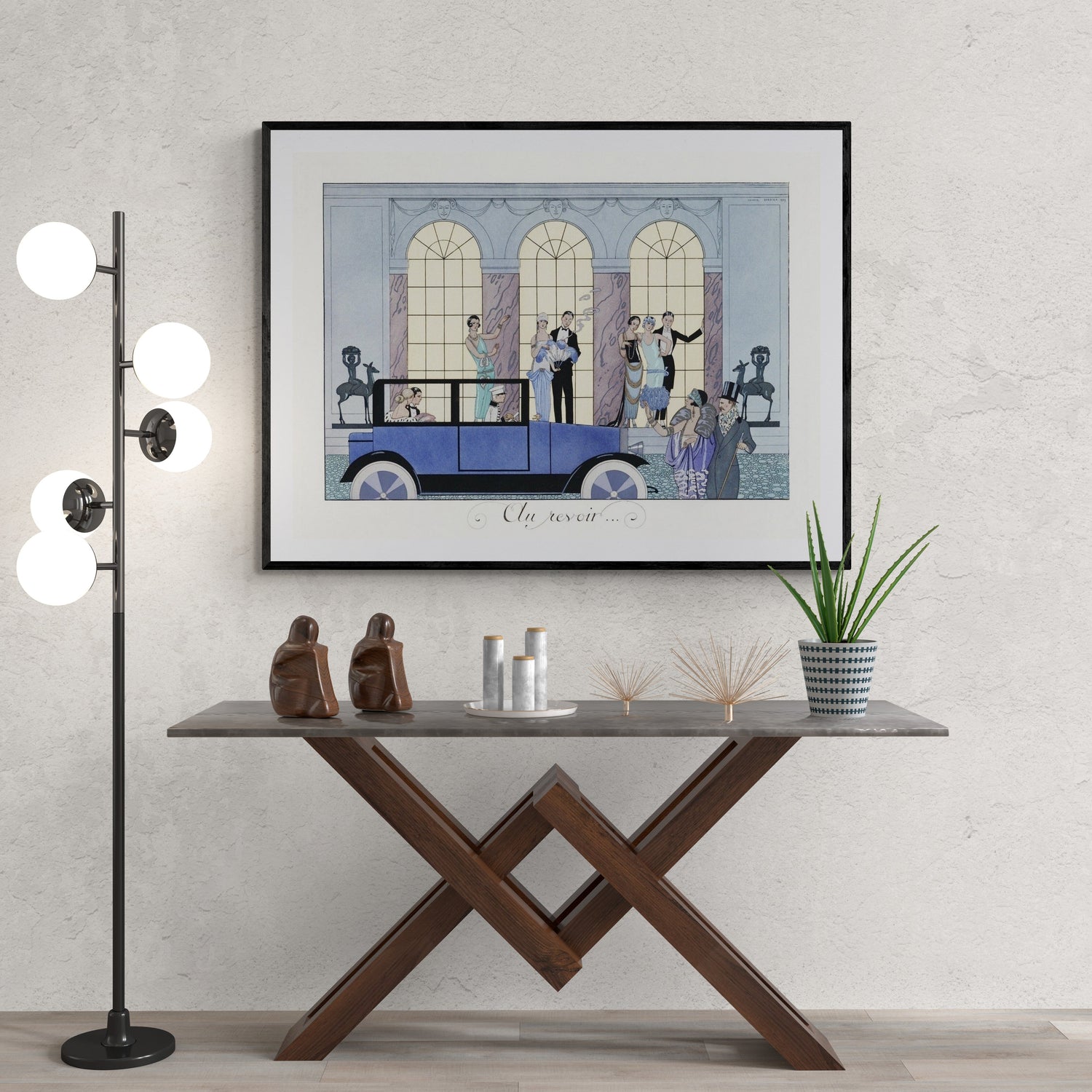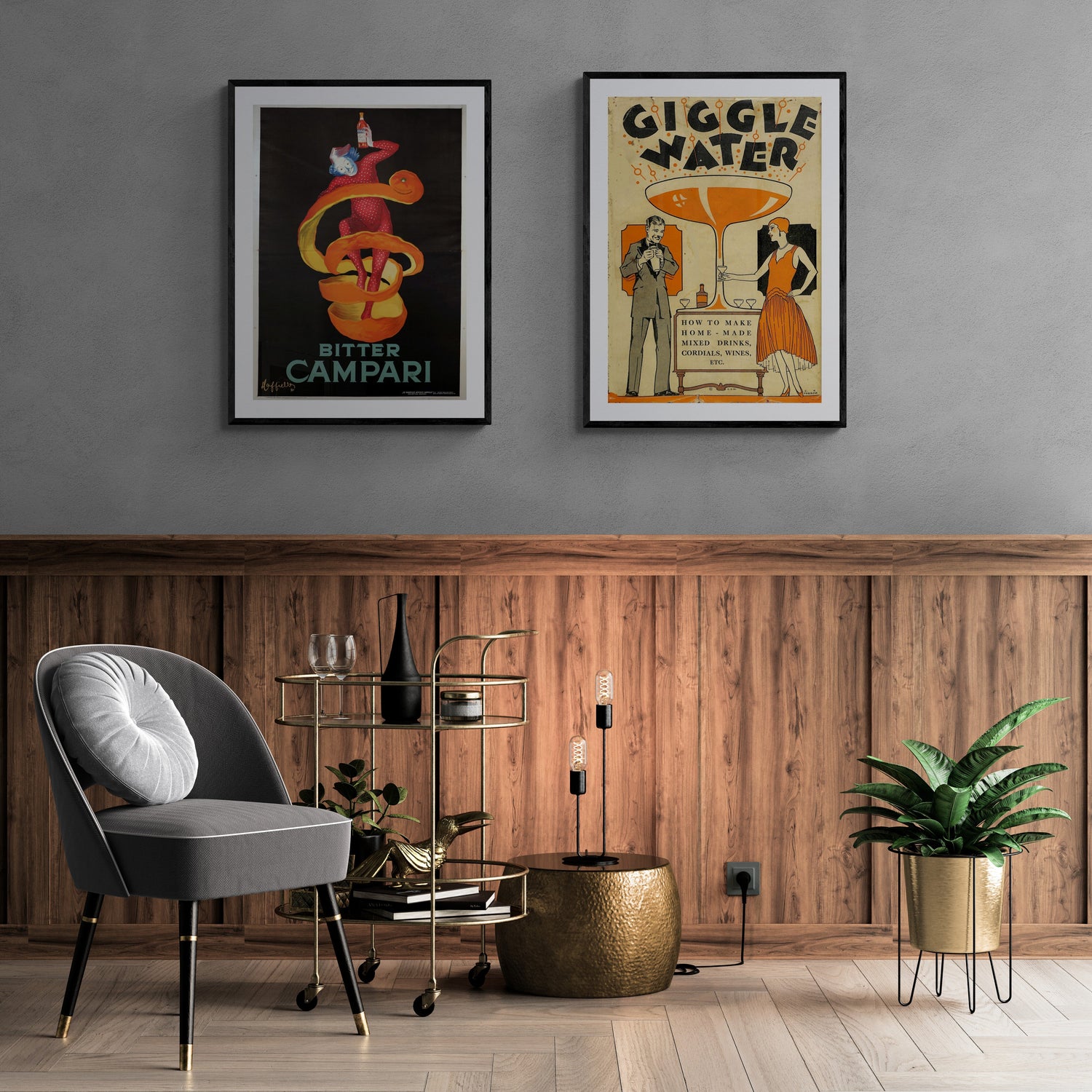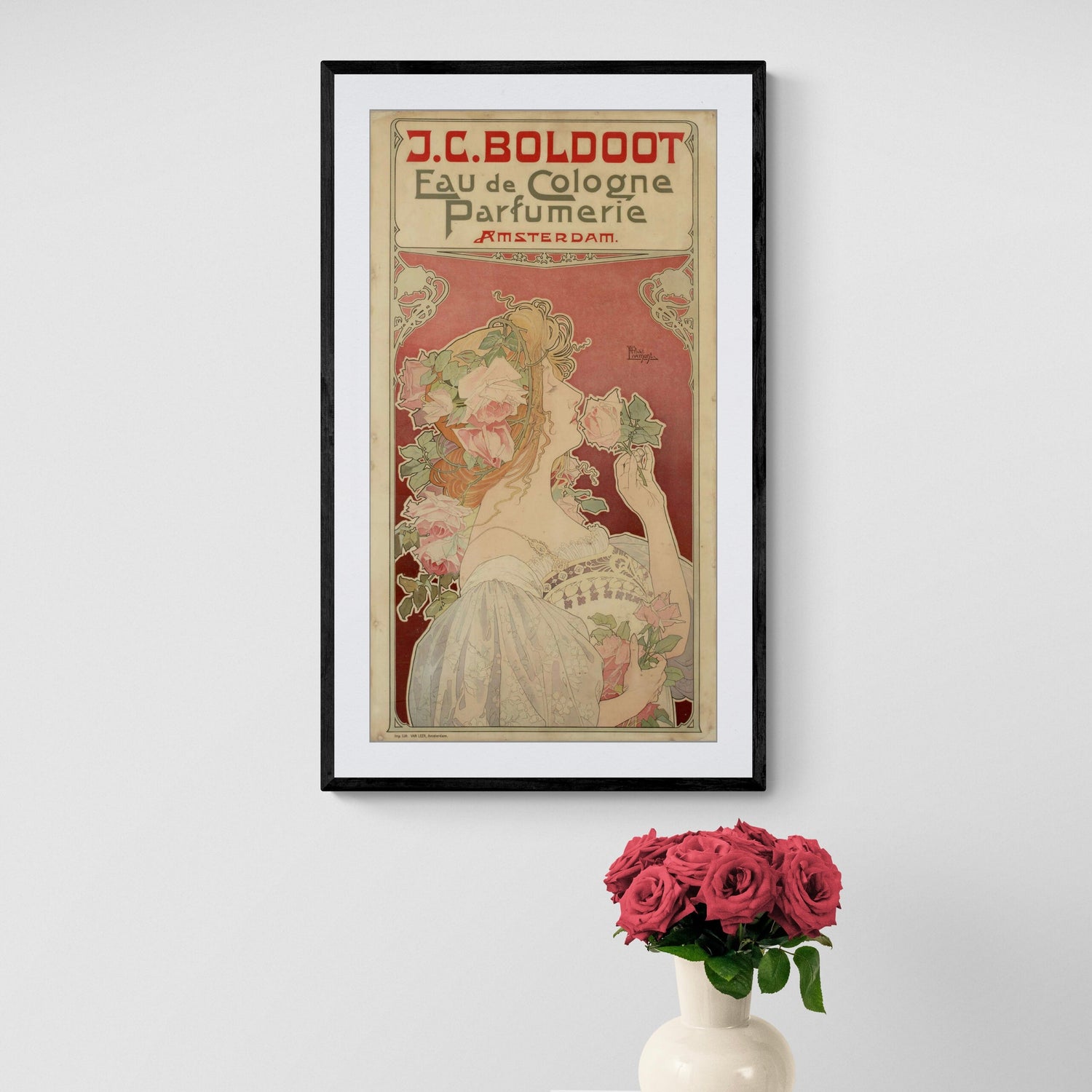
Art has always been an integral part of human life, serving as a medium to express emotions, ideas, and cultural identity. However, original artworks, due to their exclusivity and high cost, have often been inaccessible to the general public. This is where reproduction art prints have stepped in, democratizing art and making it accessible to all. These prints have not only allowed art enthusiasts to own their favorite pieces at a fraction of the cost but have also played a significant role in home decor. Let's delve into the fascinating history of reproduction art prints and their impact on home decor.
The Birth of Reproduction Art Prints
The history of reproduction art prints can be traced back to the 15th century with the advent of woodcut printing in Europe. This technique allowed artists to create multiple copies of their work, making art more accessible to the masses. However, these early prints were relatively simple and lacked the detail and color of the original artwork.
The 18th century saw the introduction of lithography, a printing technique that allowed for more detailed and colorful reproductions. This process involved drawing an image onto a stone or metal plate with a grease-based material, then applying ink, which would adhere only to the drawn areas. The image could then be transferred onto paper, creating a vibrant and detailed print.
The Rise of Reproduction Art Prints in Home Decor
The 19th century marked a significant shift in the use of art prints. As the middle class grew, so did their desire to decorate their homes with beautiful artworks. However, original pieces were still out of reach for most. Reproduction art prints filled this gap, allowing the middle class to adorn their homes with copies of famous artworks.
The advent of the Industrial Revolution further propelled the popularity of art prints. Mass production techniques made it possible to produce art prints on a large scale, making them even more affordable and widely available. This period also saw the rise of mail-order catalogs, which allowed people to choose and purchase art prints from the comfort of their homes.
The Modern Era of Reproduction Art Prints
The 20th century brought about significant advancements in printing technology. The introduction of giclée printing in the late 1980s revolutionized the art print industry. This technique uses high-resolution digital scans and archival quality inks to create prints that are virtually indistinguishable from the original artwork. Today, giclée prints are a popular choice for home decor due to their high quality and longevity.
In the digital age, the internet has further democratized access to art. Online platforms offer a vast array of reproduction art prints from artists around the world. These platforms have also made it easier for artists to sell their work, opening up new opportunities for emerging talent.
Reproduction art prints have come a long way since their inception in the 15th century. From simple woodcuts to high-quality giclée prints, these reproductions have made art accessible to all and have played a significant role in home decor. As technology continues to evolve, we can expect to see even more exciting developments in the world of reproduction art prints. Whether you're an art enthusiast or simply looking to add a touch of elegance to your home, reproduction art prints offer a versatile and affordable way to bring the beauty of art into your living space.



